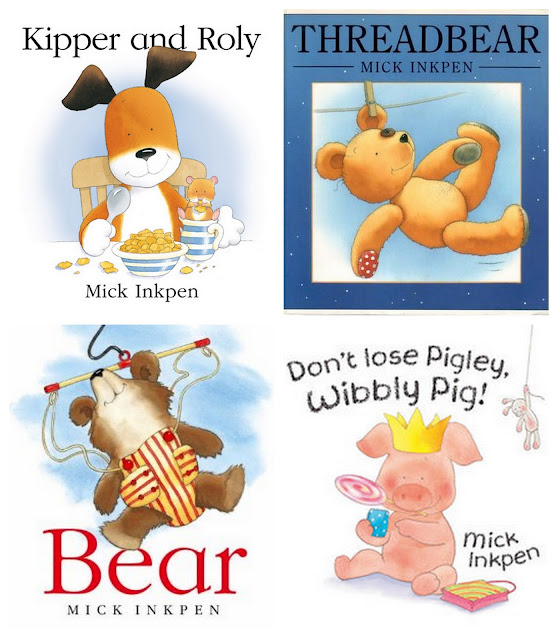'50 Things To Do Before you're 11 3/4' is a list of fun outdoor activities created by The National Trust to enthuse and encourage children to explore the world around them rather than to stay indoors every day.
The list includes plenty of enjoyable activities for children to enjoy that are fading out as new technology is being introduced such as laptops, tablets and computer games. The list includes activities such as:
• Build a den
• Take a look inside a tree
• Bury someone in the sand
• Feel like you're flying in the wind
• Track wild animals
• Catch a crab
• Eat an apple straight from a tree
• Get behind a waterfall
• Play conkers
• Feed a bird from your hand
and these are just a few!
The task at hand was to create a double-page spread for a children's book aimed at children around the age of 5-7 years old introducing them to just one of the fifty outdoor activities listed (this could be either a storybook or a reference/information book). This was to be set out in full colour and to specific sizes.
Considerations:
Based on similar titles for the same age group, consideration needs to be given to the
following:
• Quantity and size of the type and the typeface used.
• Visual balance between the image and text.
• Appropriate illustration style.
• Flow and continuity of the design from one double page spread to the next.
• Integration of type.
It may also be worth considering the idea that a child’s perspective on what’s interesting
about a subject isn't necessarily the same as that of an adult.
Having studied through my research of various examples of children's books, I wanted to ensure my type was clear and easy to read, and that my illustrations were simple but colourful and captivating.
After attempting to illustrate various different activities such as 'Eat an apple straight from a tree', 'Get behind a water fall' and 'Bury someone in the sand' (shown below) I wasn't satisfied with how my characters were turning out
 |
| 'Get behind a waterfall' / 'Build a den' |
 |
| 'Get behind a waterfall' |
 |
| 'Get behind a waterfall' / 'Track wild animals' |
 |
| 'Bury someone in the sand' |
 |
| 'Bury someone in the sand' |
 |
| 'Set up a snail race' |
After numerous sketches, elements of my final design began to take place. I originally wanted to include illustrations of children in my final design, as I felt children would be able to relate to it and imagine themselves having fun, just as the illustrated children are. After trying my illustrations with various activities, I couldn't feel satisfied with the children I was sketching, and thus, decided to change my direction.
Not all activities had to involve children, but that certainly didn't make them any less exciting. So I began sketching out owls, woodland creatures, and in particular snails for the 'Set up a snail race' activity. I experimented with various colouring techniques and settled on a water-colour pencil style. I was particularly drawn to the way I could make them bolder around the outlines of an illustration and paler towards the centre, giving the illustrations a little more depth and a softer look to match the great outdoors, rather than harsh bold primary colours.
My typeface decision was simple: keep it legible and Sans Serif. Studies have shown that Sans Serif is easier to read, especially in young children (Examples are Sassoon Primary and Flora) but I also wanted something with a warmth to it, an almost hand-rendered approach, and so settled with the typeface 'Mossy'.
My final design:
I'm definitely satisfied with my final layout, as I feel it complied with the original considerations.
I careful selected my type and the size/placement of it across the double-page spread, the visual balance between image and text I feel is equal, I have characterised the snails to ensure it appeals to a younger audience and used brighter colours than the natural colours of snails to excite the children, and I feel both image and type work together to create a suitable and fun double-page spread for a children's book based around the 50 things to do before you're 11 3/4.




























